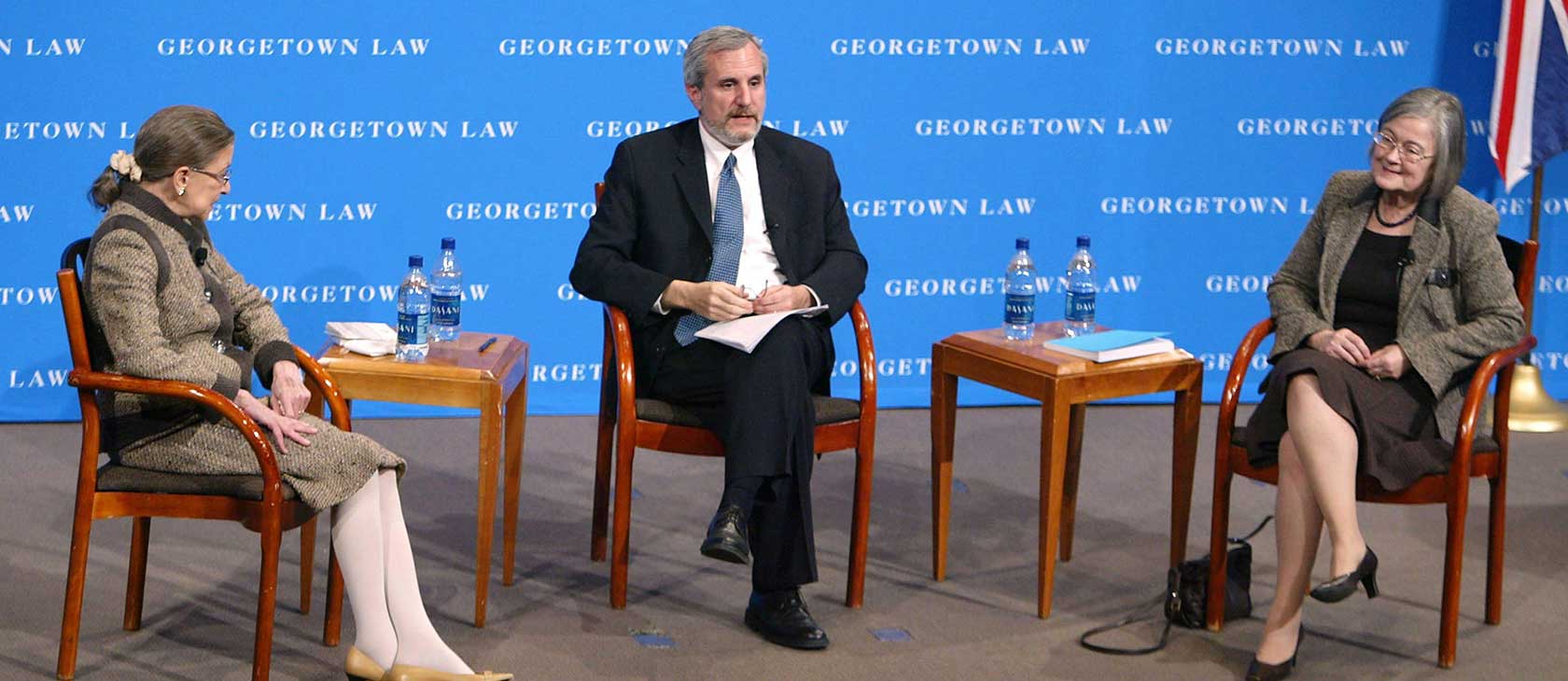In a new commentary, Trey Dimsdale looks at winsome celebrity jurists Ruth Bader Ginsburg and Brenda Hale, heroines of the left wing project to change how constitutional law is understood in the United States and the United Kingdom. The careers of these jurists raise questions about the proper role of those who sit on the bench, Dimsdale writes.
The approach adopted by Hale and Ginsburg should be viewed with skepticism rather than celebration. Of course, injustice may be reflected in a statute or the justiciable action of an elected leader may be illegal, and when this happens courts should correct these things. But there mustbe concrete sources of law that justify such judicial findings even in these instances. In such cases there must also be some concrete source of law to provide a remedy because judge-made remedies are essentially fiat rulings that are non-reviewable through the democratic process.
While Ginsburg and Hale often write opinions with compelling internal logic, both have embraced an understanding of their power as judges to be something that far exceeds the scope of the historic duties of their offices. Not infrequently, especially in some of the most controversial cases, we see them create law rather than submit to it. This approach destabilizes society because it is detached from the democratic process. Judges are not representatives of the people, but representatives of the law created on behalf of and for the benefit of the people. Judges unwilling to adopt this approach make themselves available for those who desire to subvert the democratic in favor of the imposition of a new moral order.
Read “Ruth Bader Ginsburg and Brenda Hale: Creating law from the bench” by Trey Dimsdale.
Image: Justice Ruth Bader Ginsburg and Brenda Hale, Baroness Hale of Richmond at Georgetown University. WENN Rights Ltd / Alamy Stock Photo.

